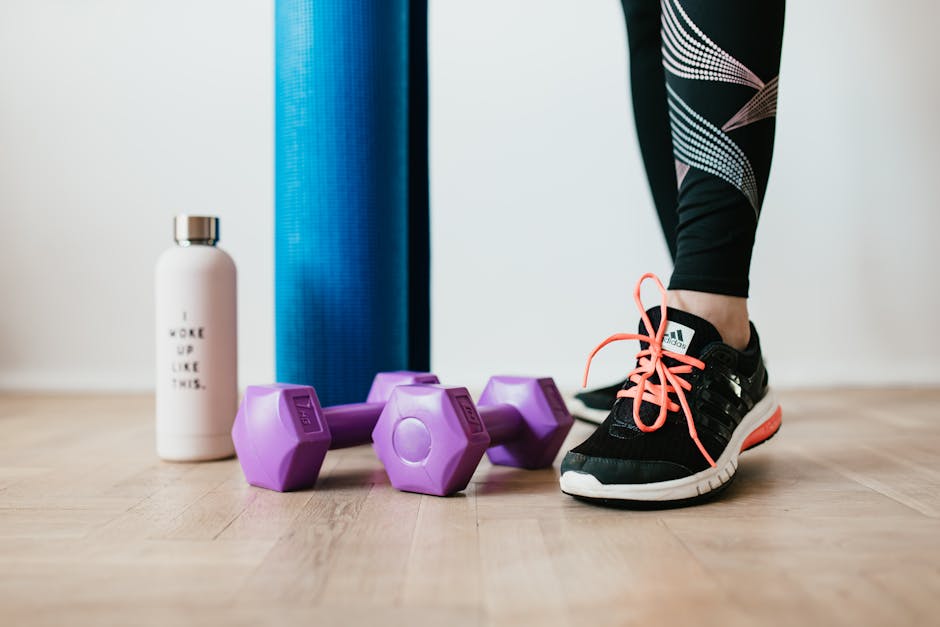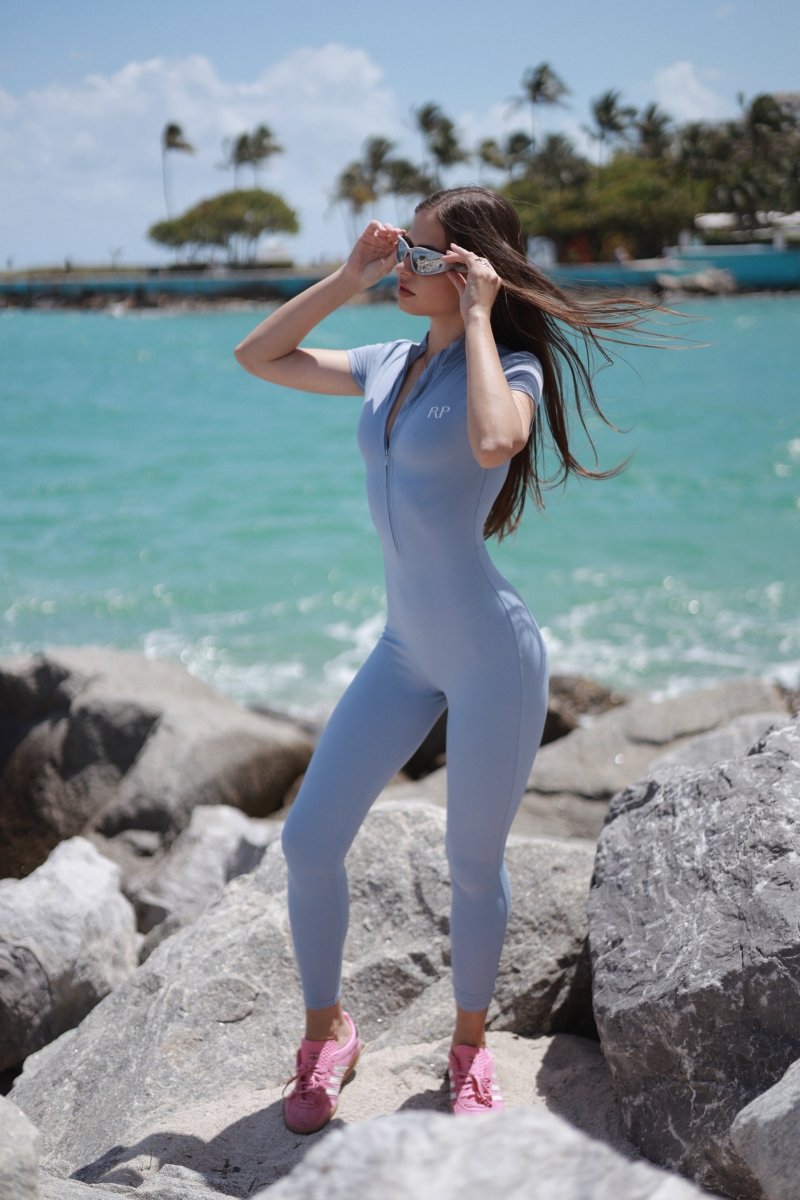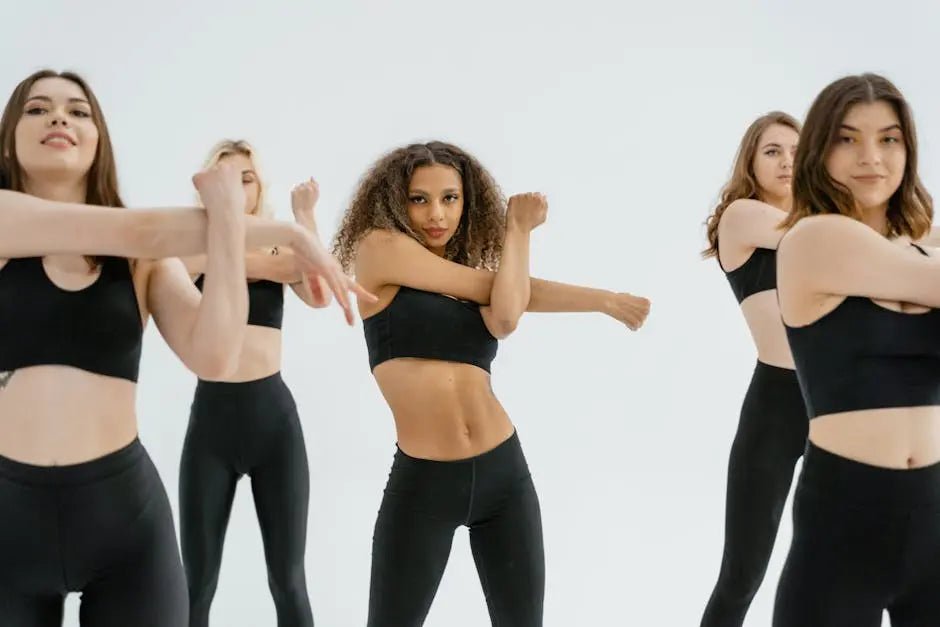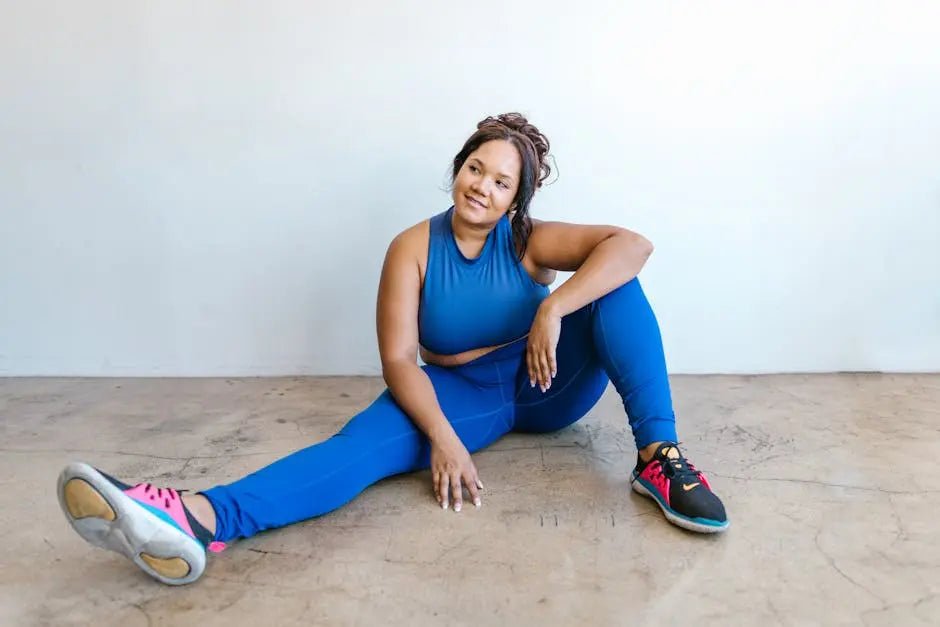The Ultimate Guide to Pilates Clothing for Maximum Comfort & Performance
Importance of choosing the right Pilates clothing
Wearing the correct Pilates clothing contributes to your comfort and performance during workouts. The right attire ensures flexibility and allows your body to move freely, without any restrictions. It also helps in keeping you cool and dry by wicking away sweat. Proper Pilates clothing can enhance your confidence and focus, making your workout more effective.
Characteristics of ideal Pilates clothing
When choosing Pilates clothing, opt for items that are comfortable and breathable to allow flexibility during movements. Look for materials that are moisture-wicking to keep you dry and avoid irritation. The ideal Pilates attire should be form-fitting to prevent excess fabric from getting in the way. Avoid clothes with zippers or buttons that could dig into your skin during exercises. Prioritize stretchy fabrics that move with your body for maximum comfort and performance.
Fabric options for Pilates attire
Cotton, Lycra, and polyester blends are popular fabric choices for Pilates clothing. Cotton is breathable and comfortable, making it suitable for all types of Pilates workouts. Lycra provides stretch and flexibility, allowing for ease of movement during exercises. Polyester blends are durable and moisture-wicking, keeping you dry and comfortable during your Pilates session. When choosing Pilates attire, consider fabric that offers a good balance of comfort, stretch, and moisture management for the best performance.
Choosing the right Pilates top
When picking a Pilates top, prioritize comfort and freedom of movement. Opt for moisture-wicking fabrics like nylon or polyester to keep you dry during workouts. Look for tops with a snug fit to stay in place during exercises. Sleeveless tops provide better arm mobility, while long-sleeve tops can offer more coverage and warmth. Consider tops with built-in bras or support if needed. Remember, the right top can enhance your Pilates experience by allowing you to focus on your movements without distractions.
Selecting the perfect Pilates bottoms
When picking Pilates bottoms, opt for form-fitting leggings or shorts. These choices allow ease of movement and help your instructor observe your alignment. Look for materials like spandex or nylon for flexibility and breathability. Avoid loose or baggy bottoms as they can get caught during exercises or hinder movement. Prioritize comfort and consider pieces with a wide waistband for support and to prevent rolling down during exercises.
Footwear considerations for Pilates
Sneakers are not suitable for Pilates due to their thick soles that can affect your balance. Opt for grip socks or bare feet to have better stability and connection with the floor during your Pilates session. Grip socks have rubberized dots on the sole to prevent slipping, providing you with a secure footing. Avoid wearing shoes to make the most out of your Pilates workout and improve your performance.
Accessories that enhance your Pilates practice
Accessories like grip socks can help you maintain stability during Pilates movements by preventing slipping on the mat. Headbands are great for keeping hair out of your face, and wrist weights can add resistance to your arm exercises. Pilates rings are useful for adding intensity to your workouts, and stretching straps can assist you in achieving deeper stretches. Incorporating these accessories into your Pilates practice can enhance your overall experience and help you get the most out of your sessions.
The impact of clothing on Pilates performance
What you wear during Pilates can affect your performance. Wearing the right clothing can improve your comfort and flexibility while doing Pilates exercises. Choose breathable, moisture-wicking fabrics that allow for ease of movement. Snug-fitting clothes that are not too tight or loose are ideal. Avoid clothes with zippers, buttons, or jewelry that can dig into your skin or cause discomfort during movements. Proper Pilates attire can help you focus on your workout without distractions.
Tips for caring for your Pilates clothing
To keep your Pilates clothing in top shape, wash them inside out in cold water to preserve their colors. Use a gentle detergent and avoid fabric softeners that can break down the fibers. After washing, lay them flat to dry instead of putting them in the dryer to prevent shrinking or damage. Avoid washing them with items like zippers or Velcro that can snag the fabric. Also, regular inspection for any loose threads or worn-out parts can help you catch any damage early.
Maximizing comfort and performance through Pilates attire
To get the most out of your Pilates session, it’s essential to wear the right clothing that allows you to move freely and comfortably. Choose breathable fabrics that help wick away sweat and keep you cool during your workout. Look for stretchy materials that offer flexibility and support for all your movements. Avoid loose or baggy clothes that may get in the way or restrict your movements. Opt for form-fitting tops and bottoms that stay in place and provide coverage as you bend and move. Wearing the right Pilates attire can help you focus on your practice and maximize your comfort and performance.



